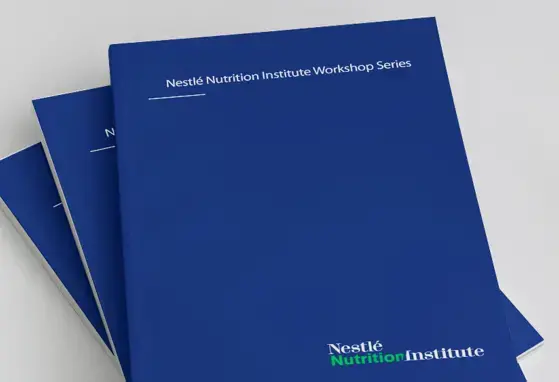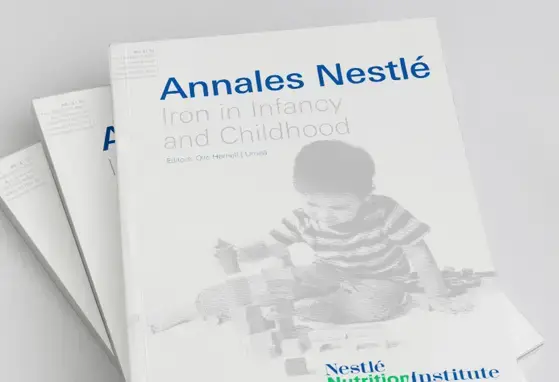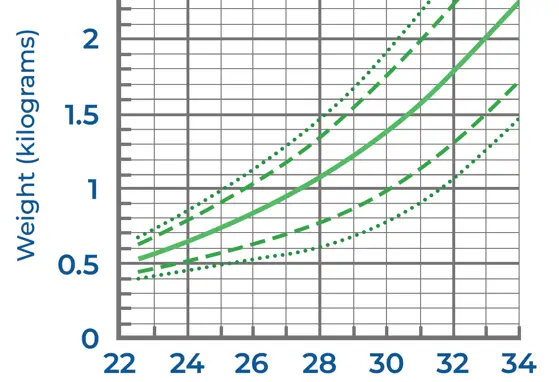Nutrition Publications
Here you will find freely downloadable publications on the latest nutrition topics, such as early infant nutrition, nutritional avenues to allergies, sports nutrition, and nutrition in disease states such as dysphagia or critical illness. All 3000 papers are organized across categories to make it easier for you to find specific information. If you are missing a reference you can also use our search function.
Latest Publications
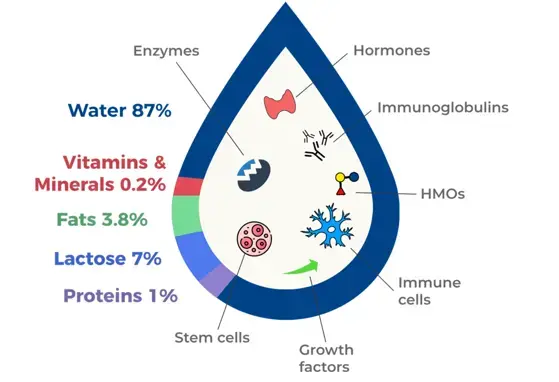
From Lactation to Health: The Benefits of Human Milk Bioactives

Disorder of Gut-Brain Interaction: Insights, Causes and Management
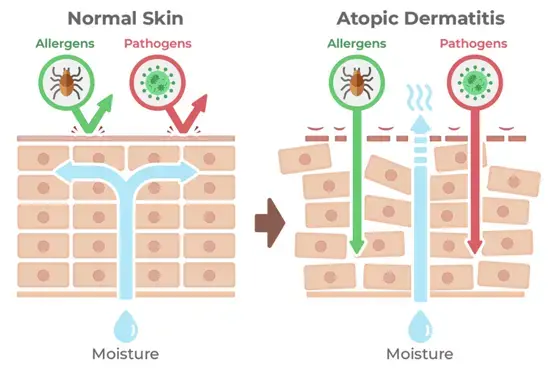
Addressing Atopic Eczema Early in Life to Reduce the Risk of Atopic March

Pivoting the Science of Biotics for Clinical Applications
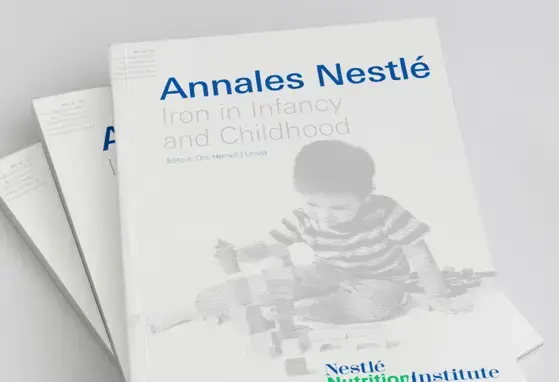
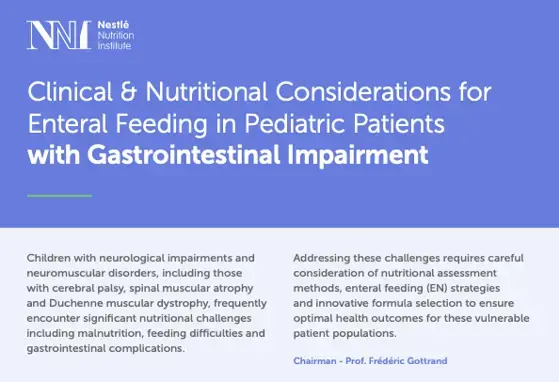
Proceedings - Clinical & Nutritional Considerations for Enteral Feeding in Pediatric Patients with Gastrointestinal Impairment

Annales 82.1 - Optimising Growth in Preschool Children for Health and Development

